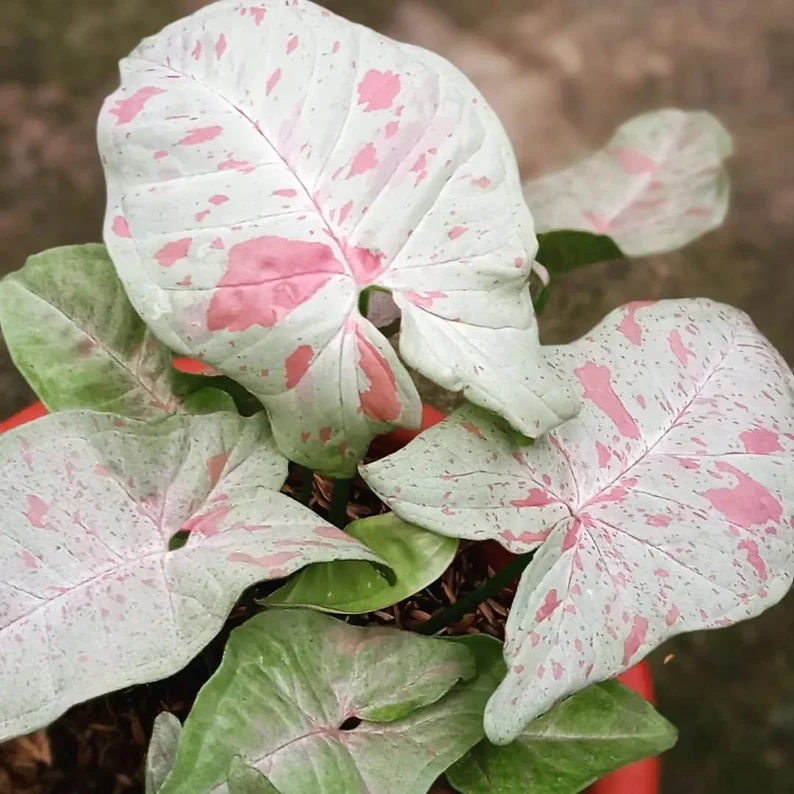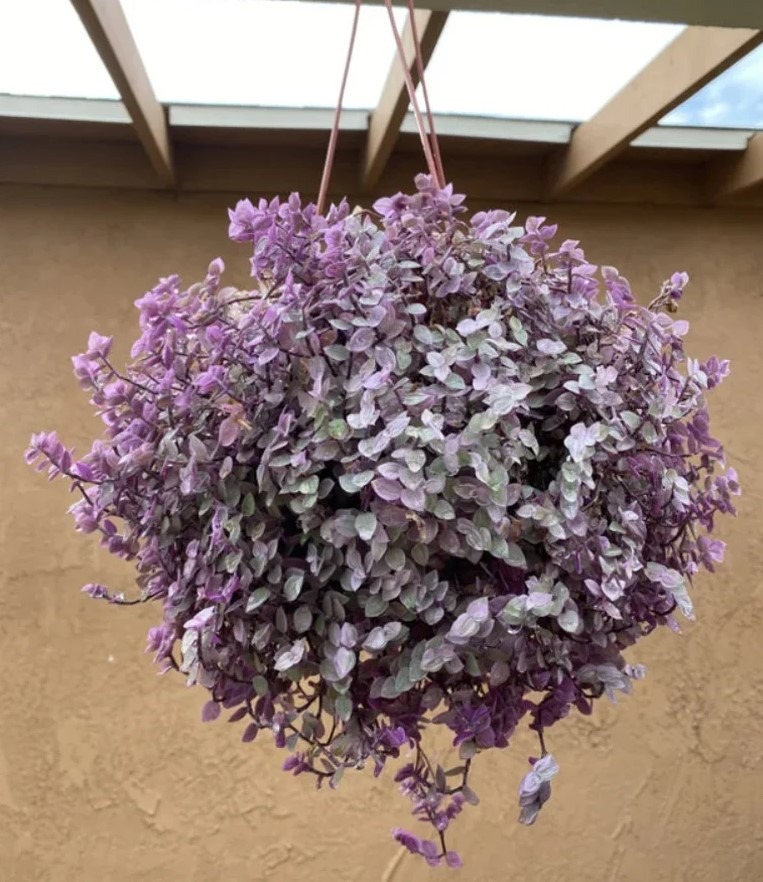Silver Satin Pothos, also known as Scindapsus pictus ‘Exotica’ or Satin Pothos, is native to Southeast Asia. It is primarily found in regions such as Indonesia, Malaysia, and parts of the Philippines. In its natural habitat, it grows as a climbing vine, clinging to trees and other supports with its aerial roots. Over time, it has become a popular houseplant worldwide due to its attractive silver-patterned foliage and ease of care.
How To Care For Scindapsus Exotica (Silver Satin Pothos)
Caring for a Silver Satin “Exotica” Pothos house plant involves providing the right conditions, watering appropriately, ensuring proper lighting, and occasionally fertilizing. Here is a step-by-step guide to care for your Silver Satin Pothos:
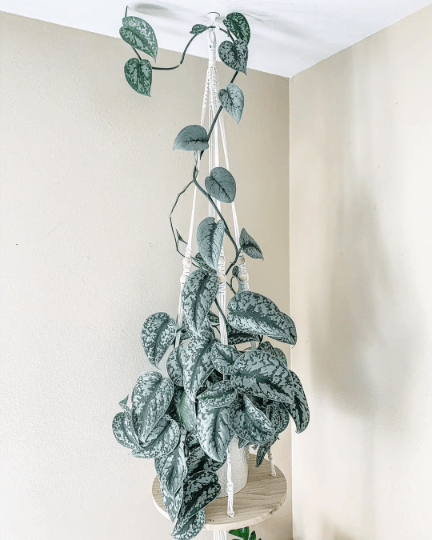
- Placement and Lighting:
- Choose a location with bright, indirect light. Avoid direct sunlight, as it can scorch the leaves.
- Place the plant near a window that receives filtered or indirect sunlight. East or west-facing windows are generally ideal.
- Temperature and Humidity:
- Silver Satin Pothos prefers average room temperatures between 65-85°F (18-29°C).
- Maintain moderate humidity levels by misting the leaves regularly or placing a tray filled with water near the plant.
- Watering:
- Water the plant when the top inch (2.5 cm) of the soil feels dry to the touch.
- Use room temperature water and ensure thorough watering, allowing the excess water to drain from the pot’s drainage holes.
- Avoid overwatering, as it can lead to root rot. Check the soil moisture level before watering each time.
- Soil and Potting:
- Use a well-draining potting mix that retains moisture but doesn’t hold excess water.
- A mix of peat moss, perlite, and regular potting soil or a quality indoor plant potting mix works well.
- Repot the Silver Satin Pothos every 1-2 years or when the roots start to outgrow the pot.
- Fertilizing:
- Feed the plant with a balanced, water-soluble houseplant fertilizer once a month during the growing season (spring and summer).
- Follow the instructions on the fertilizer package for the correct dosage.
- Avoid fertilizing during the dormant winter months.
- Pruning and Maintenance:
- Regularly inspect the plant for any yellowing, damaged, or dead leaves, and promptly remove them with clean pruning shears.
- Pruning helps maintain the plant’s shape and encourages new growth.
- You can also trim long, trailing vines to keep the plant compact and bushy.
- Pests and Diseases:
- Silver Satin Pothos are generally resistant to pests and diseases. However, common houseplant pests like mealybugs or spider mites can occasionally affect them.
- Inspect the plant regularly, especially the undersides of leaves, for signs of pests. If detected, treat the plant with an appropriate insecticidal soap or horticultural oil, following the product instructions.
Remember to observe your plant closely, as individual environmental conditions may vary. Adjust the care routine accordingly based on the specific needs of your Silver Satin “Exotica” Pothos.
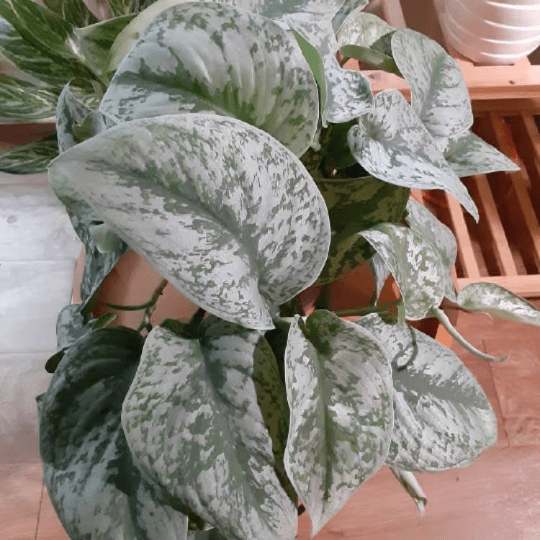
Growing The Silvery Leaves
Silver Satin Pothos will take some time to get silver on it’s leaves. As a baby plant it may have more green than silver coloring. As it grows the leaves will begin to show more silver!
Plant it in a 6 inch or bigger pot for the roots to really dig in. This will allow for more growth and a bigger plant faster. However, patience is the key with this one.
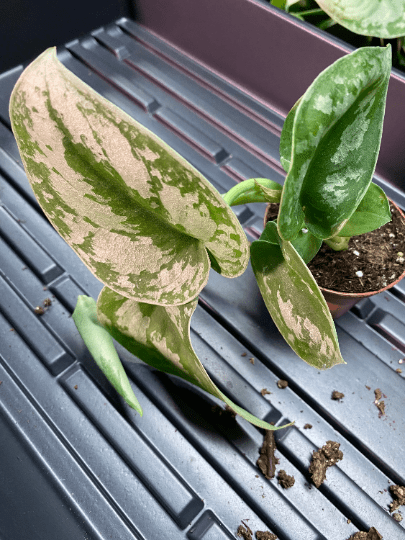
In the photo above you can see this is a small and immature plant. The bottom leaves are mainly green. However the one highlighted is starting to show more! silver!! Continue to pamper the plant as it grows and it will be sure to show out for you!
Where To Buy Silver Exotica Pothos?
Silver Satin Pothos “Exotica” (Scindapsus pictus) For Sale




